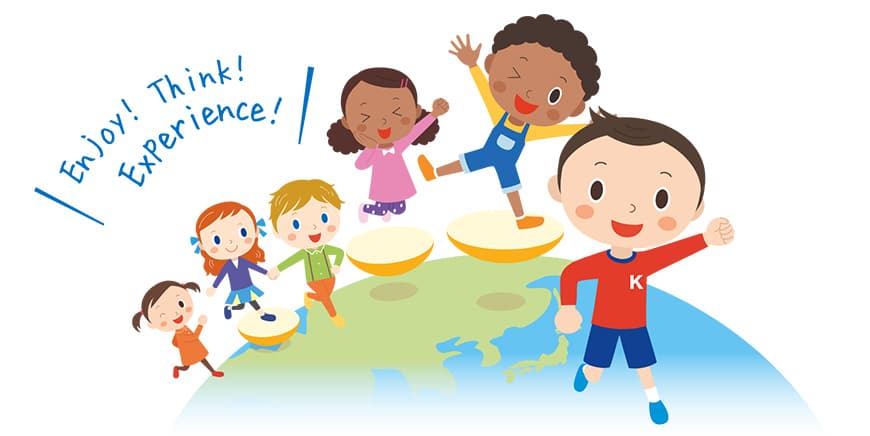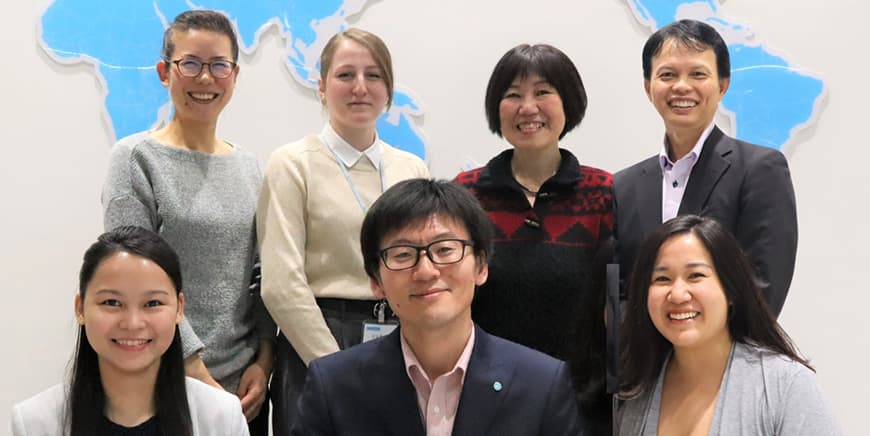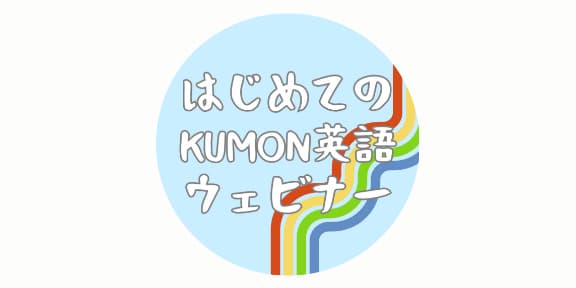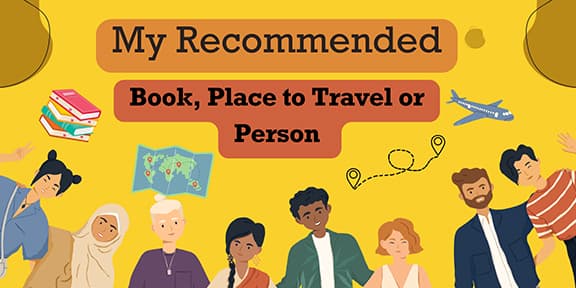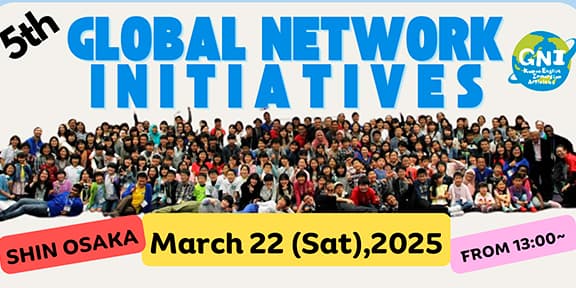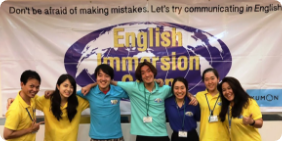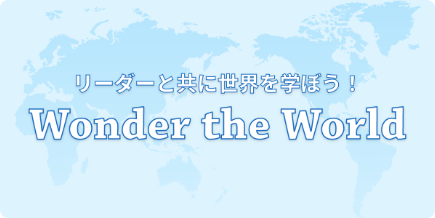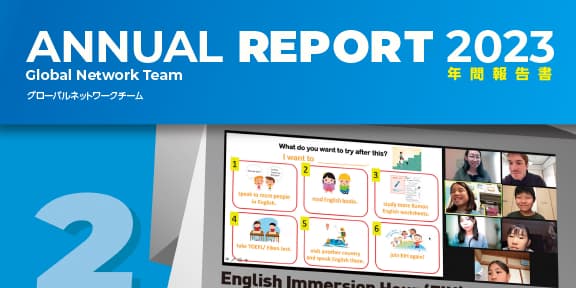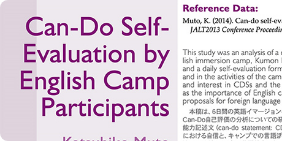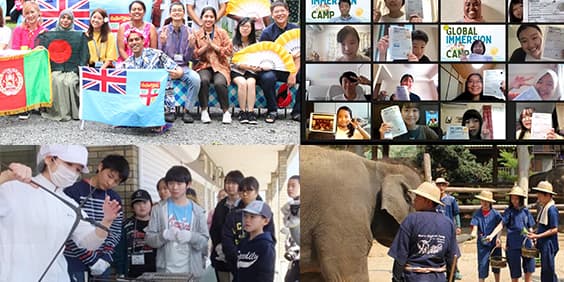レポート
Wonder the World Vol.4: “Our Heritage and why is it important?” (大切な世界遺産)
モニカ(ネパール出身)
立命館アジア太平洋大学卒業後、早稲田大学大学院で修士号を取得。2015年から公文英語イマージョン・アクティビティー(KEIA)に参加し、以来、子どもたちの成長をサポートし続けています。現在はネパールに帰国し、国際連合教育科学文化機関(UNESCO)の教育部門で働いています。この記事では大切な世界遺産について一緒に考えてみましょう!となげかけてくれています。
Monica is from Nepal, who joined many Kumon English Immersion Activities (KEIA) since 2015 and has been continuing to support children’s growth even after joining our program. She is back in her country, Nepal currently working in the education field and to pursuit her dreams. She received her bachelor degree from Ritsumeikan Asia Pacific University and her Maters degree from Waseda University both in Japan. She will share with us about the World Heritage and why it is important.

Our Heritage and why is it important?
Hello everyone. I hope you all are keeping warm this winter! Is it snowing there? How did you spend your winter vacation? This winter I have been drinking lots of cocoa and coffee to keep myself warm.
I am Monica from Nepal. I studied and worked in Japan for almost 10 years, before coming back to Nepal last year. I studied International Cooperation and Peacebuilding for my Masters and now I am pursuing my career in the development sector. Currently, I am working at United Nations Educational Scientific and Cultural Organization (UNESCO) in the education department. I was always passionate to work for an organization that could contribute towards making a positive impact in the society. The recent project called The Next 50 that I was part of allowed me to learn more about my heritage, the importance of its conservation as well as teach about it to others. Do you know what heritage means and why it is important? Let us learn more about it together!
What is heritage?
“Heritage is our legacy from the past, what we live with today, and what we pass on to future generations. Our cultural and natural heritage are both irreplaceable sources of life, well-being and inspiration. In other words, heritage is whatever you want to transmit to our future generations.”
(UNESCO, 2002)
Heritage is very diverse, and there are two main types:
Tangible Heritage:
- Movable cultural heritage: objects, paintings, sculptures, coins, manuscripts, etc.
- Immovable cultural heritage: monuments, archaeological sites, etc.
- Underwater cultural heritage: shipwrecks, underwater ruins and cities, etc.
- Natural sites connected with human activities and that reflect their cultures
(UNESCO, 2002)
World Heritage Sites
The perfect examples of tangible heritage are World Heritage Sites. These are designated places on earth that embodies ‘outstanding universal value’ to humanity. These places inscribed by UNESCO to be on the World Heritage List for its preservation, protection and for the future generations to appreciate and enjoy. Let us learn more about our World Heritage Sites
1.) How many different types of World Heritage Sites are there?
- a.) 1
- b.) 2
- c.) 3
- d.) 4
The answer is (b) 3, cultural, natural and mixed. Mixed sites are those sites with both cultural and natural significance
2.) How many World Heritage Sites are there in the world?
- a.) 980
- b.) 1245
- c.) 1157
- d.) 837
The answer is (c) 1157, there are 1157 World Heritage Sites in the world out of which, 900 cultural, 218 natural and 39 mixed
3.) Can you guess some of the World Heritage Sites below?

A 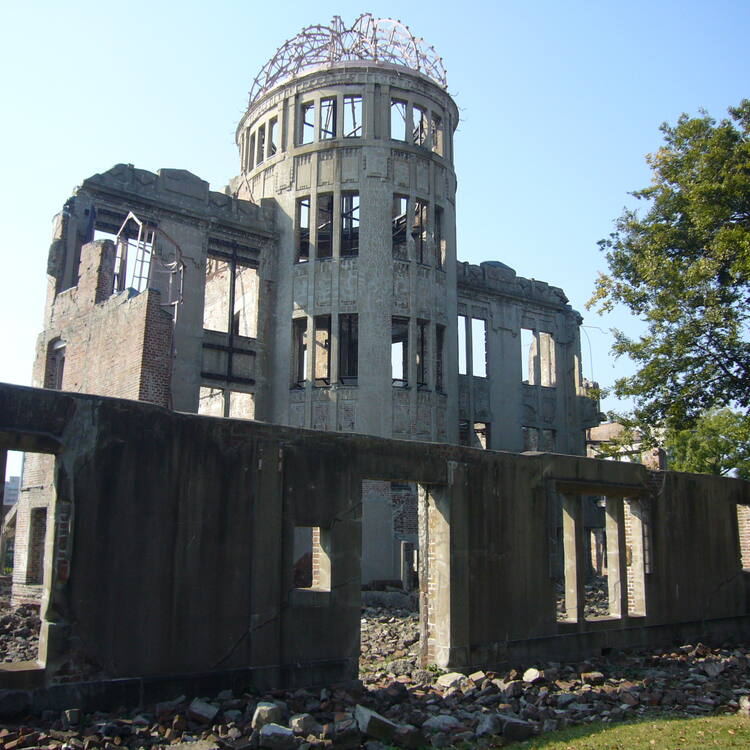
B 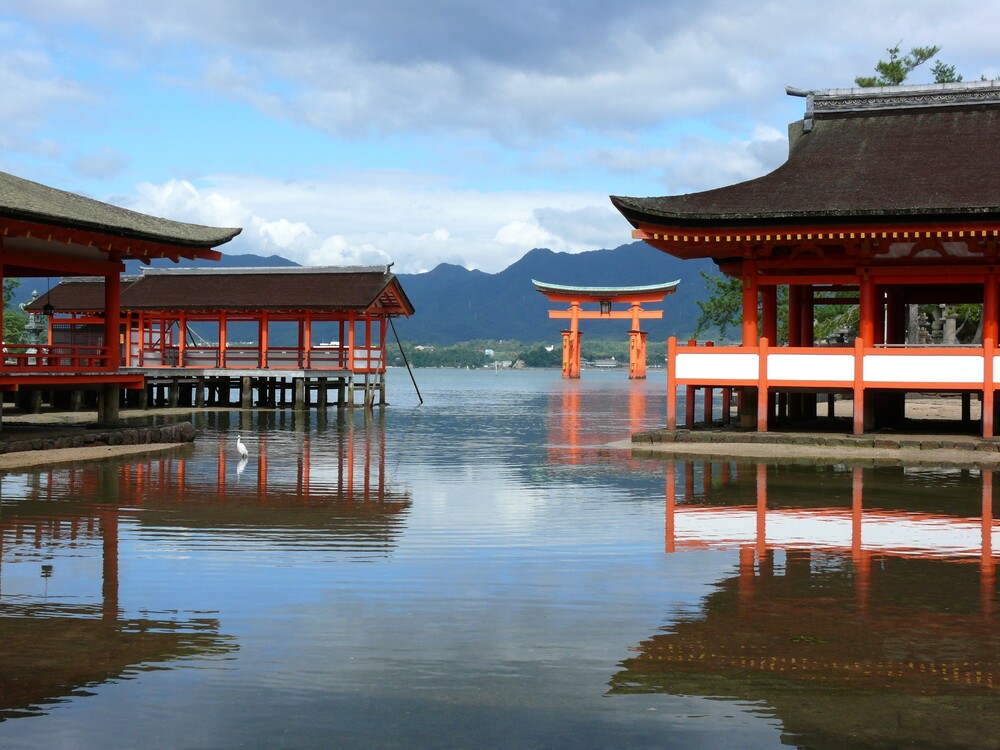
C 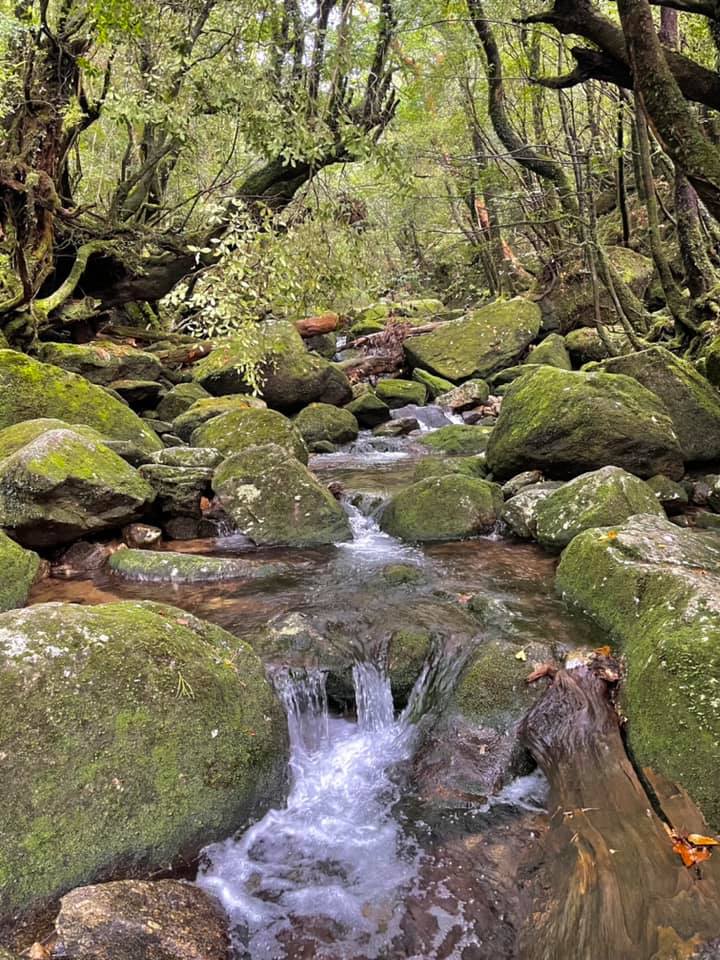
D 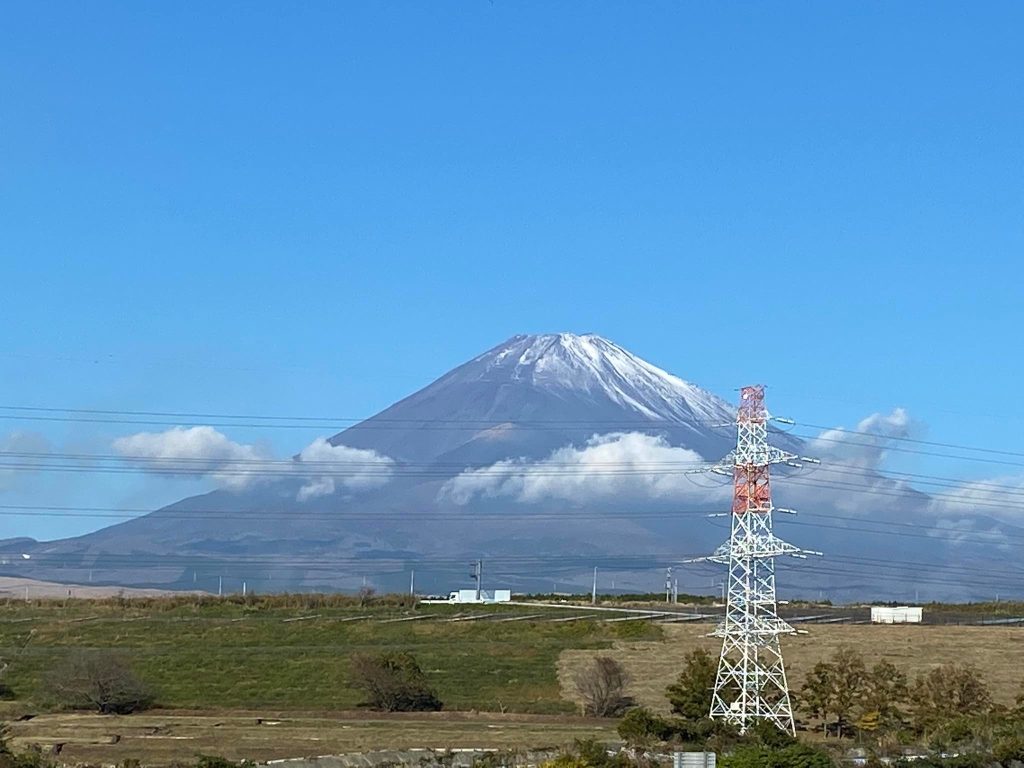
E
A) Lumbini, the Birthplace of the Lord Buddha. (Author: Junko Okahashi, Copyright: © UNESCO)
B) Hiroshima Peace Memorial (Genbaku Dome), a powerful symbol of the effects of a destructive force created by humankind as well as a symbol of hope and peace. (Author: Giovanni Boccardi Copyright: © UNESCO)
C) Itsukushima Shinto Shrine, Beautiful shrine that combines nature and human creativity. (Author: Giovanni Boccardi Copyright: © UNESCO)
D) Yakushima, a natural site that is the last and best example of an ecosystem that has Japanese cedar and a beautiful scenery.
E) Fujisan, sacred place and source of artistic inspiration.
Learn more about the World Heritage Sites by visiting this link: https://whc.unesco.org/en/list/
Intangible Heritage:
“Is a practice, expression, knowledge, skill that is being practiced and transmitted from one generation to the next. Examples include: dance, rituals, festivals, storytelling, crafts, etc.” (UNESCO, 2002)
Yomari Punhi Festival: An intangible heritage of my culture
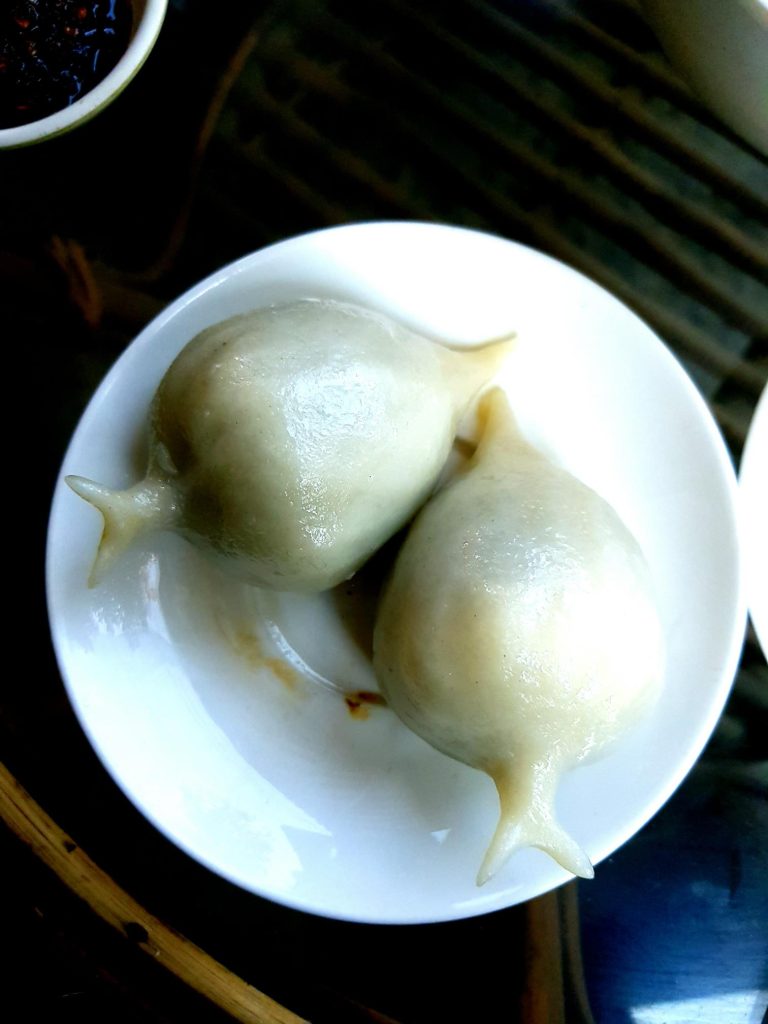
Yomari Punhi is a festival that occurs at the end of the rice harvesting season. It is a festival celebrated by the Newari community (one of the ethnic groups of Nepal). Annapurna, the goddess of crops and food is worshiped for a good harvest season, on this day. Yomari means ‘tasty bread’ and is a special sweet that is prepared on this day. It is a steamed fish shaped dumpling covered in the rice flour that has been newly harvested and the filling is either chaku (molasses) and sesame seeds or khuwa (condensed milk).
I have been celebrating this festival since my childhood and I always look forward to this day every year, where my family gets together to prepare this delicious dessert and share it with everyone. Yomari Punhi is an important heritage of my culture and I hope that I am able to pass on this heritage to the future generations. Now can you share an example of your intangible heritage with us?
I hope reading this article has given you a better understanding of our heritage and its importance. We all need to make an effort to conserve it so that our future generations can also appreciate and enjoy it. What do you think we can do to preserve our heritage?
You can visit UNESCO’s World Heritage web page to find out what the organization is doing in favour of World Heritage conservation: https://whc.unesco.org/en/activities/
Works Cited
UNESCO. (2002). World Heritage in Young Hands. United Nations Educational Scientific and Cultural Organization.
この記事のまとめ
世界遺産は、過去から今日私生きている私たちが受けつぎ、将来の世代→私たちの子や孫に伝えたいものです。世界遺産を訪れると生命力や幸福感、インスピレーションがわきます。世界遺産は『人類にとって顕著な普遍的価値を持つ地球上の指定された場所』で、その保護と将来の世代が伝承するため、ユネスコ(国際連合教育科学文化機構)によって世界遺産リストに認定登録されます。世界遺産には、形のないもの、例えばある世代から次の世代へと受け継がれている実践、表現、知識、スキルなどもあります。( 例: ダンス、儀式、祭り、ストーリーテリング、工芸品など)ここでは ネパール文化の無形遺産『ヨマリプンヒ祭(稲刈りの時期に行われる祭り)』や広島の世界遺産『原爆ドーム』についてご案内しています。この記事を読んで、世界遺産の大切さ、遺産を守るために私たちにできることは何かを考えてみましょう。ユネスコの世界遺産のウェブページにアクセスして、世界遺産の保護のためにユネスコが何をしているかもわかりますよ!
New words List
Heritage…遺産
International Cooperation…国際協力
Peacebuilding…平和の構築
Pursuing…追究する
Conservation…自然保護
legacy…伝承するもの
generations…幾世代にわたり
irreplaceable…再構築できない
transmit…放送する
protection…保護
appreciate…感謝する
diverse …多様な
Tangible…有形の
Intangible…無形の
Tangible Heritage…有形遺産Sculptures…彫刻
Monuments…モニュメント
archaeological…考古学の
shipwrecks…難破
ruins…廃墟
reflect…反映する
designated…指定の
inscribed…刻印された
Historic Sanctuary…歴史的な聖域
Intangible Heritage…無形遺産
Rituals…儀式
Harvesting…収穫
ethnic groups…民族グループ
worship…崇拝する
goddess…恩恵
crops…作物
molasses…糖蜜
condensed milk…コンデンスミルク
preserve…守る
この記事の感想を、ぜひ教えてね!
この記事が気に入ったら、ハートのボタンを押してね!
バックナンバー
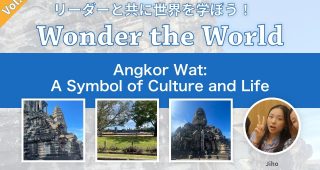
Wonder the World Vol.26: “Angkor Wat: A Symbol of Culture and Life” (アンコールワット:文化と命の象徴)
ジホ(韓国)こんにちは、みなさん!私は韓国出身のジホです。現在、大分県別府市にある立命館アジア太平洋大学(APU)の2年生です。この夏、私はグローバル・イマージョン・キャンプ2025にキャ...
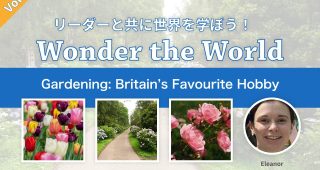
Wonder the World Vol.9: “Gardening: Britain’s Favourite Hobby”(イギリスガーデニングの魅力)
エレナ (イギリス出身)2009年にKUMONのイマージョン キャンプリーダーを務める。現在は家族で兵庫県在住。翻訳の仕事をしていて、今年は日本に来て20周年!イギリス人はガーデニングがと...
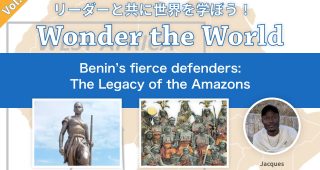
Wonder the World Vol.13: “Benin’s fierce defenders: The Legacy of the Amazons”(ベナン共和国の勇敢なボディガード: アマゾンと呼ばれる女性たち)
ジャック(ベナン出身)西アフリカのベナン共和国出身。2022年4月に来日し三重大学大学院に進学。日本のアニメが大好き。日本を国際発展のモデルとして尊敬しています。2022年以来、KUMON...


